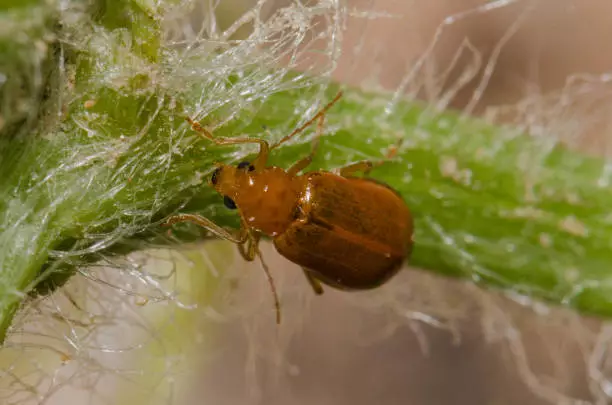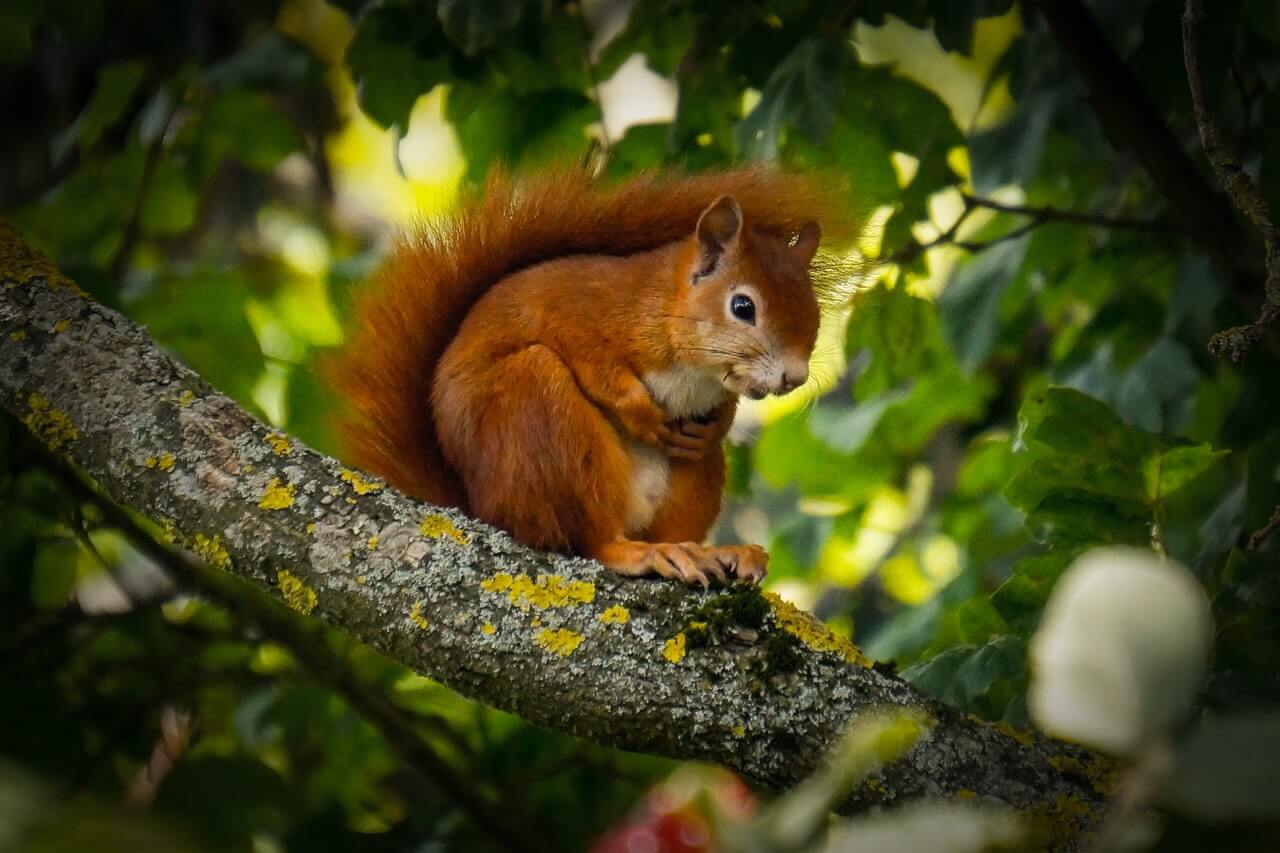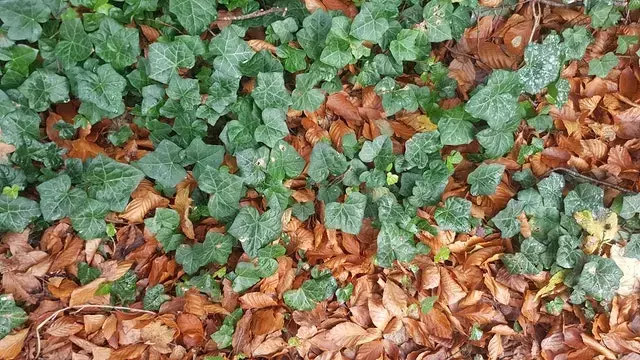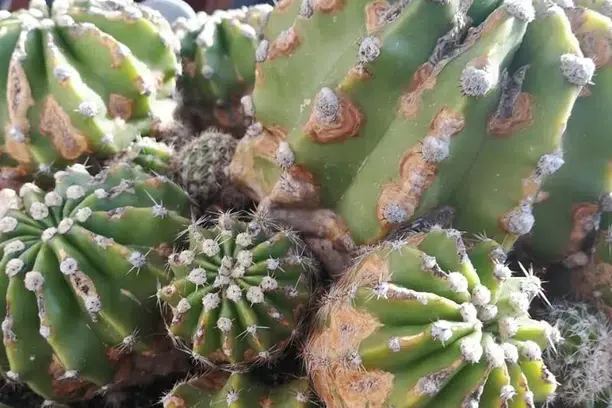Cactus can be a tricky plant to have in your garden. Repotting, cutting, or replanting them may prove dangerous even though some varieties like the Peruvian apple cactus are easy to care for and produce edible fruit.
RELATED: TIPS ON HOW TO GROW PERUVIAN APPLE CACTUS
Despite the spikey look that cactus has, it’s surprisingly interesting that some animals still manage to eat it. Since the plant has both fruits and vegetable parts, these animals enjoy eating the different parts of the succulent.
9 Animals that eat cactus
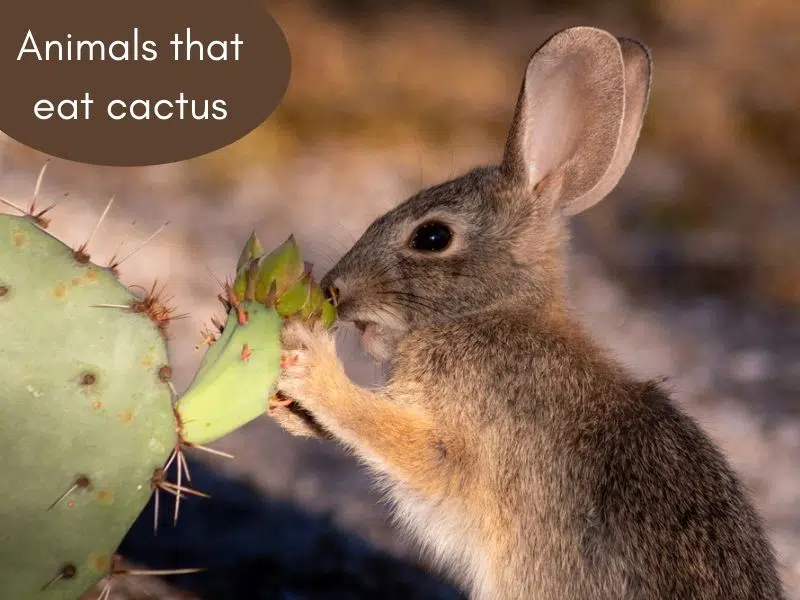
There exist different animals that eat cactus. They include but are not limited to woodrats, camels, birds, iguanas, tortoises, beetles, and jackrabbits. Even human beings eat cactus. Such animals have developed certain mechanisms to ensure they don’t get hurt from the thorns or toxicity from the cacti toxins.
Most have developed behavioral strategies, anatomical features, and physiobiological strategies to not suffer from harmful cacti effects when they consume it.
RELATED: WHAT ARE THE DIFFERENT VARIETIES OF EDIBLE CACTI
1. Camels

Camels enjoy the prick pear cacti and jumping Cholla (have extremely sharp barb and spines). They love the cactus pads and spines. Since they are ruminants, they can almost digest any tough fibrous plants.
When eating, they try to avoid the spines to get the tasty innards. Their upper lips are sensitive and prehensile (split into two haves). Camels manipulate their upper lips and use them as a sense of touch.
Their thick and leathery lips keep them from feeling cactus pain. Additionally, they have pieces of skin inside their mouth to help them lessen pain from cactus pricks.
Sometimes eating the spikey plants hurt the camels. However, they tolerate the discomfort to enjoy the green parts of the plant.
2. Packrats
They are also known as trade rats or wood rats. Packrats look like rats but have large ears, long tails, and large black eyes. As much as they enjoy cacti flesh, they always indulge in careful eating while avoiding spines in the process.
3. Jackrabbit
Jackrabbits have big ears and eat cacti near the base as it considers this part juicy. They eat selectively, targeting places with less or no spines. Jackrabbits also eat fruits, then disperse the seeds through their feces.
4. Javelinas
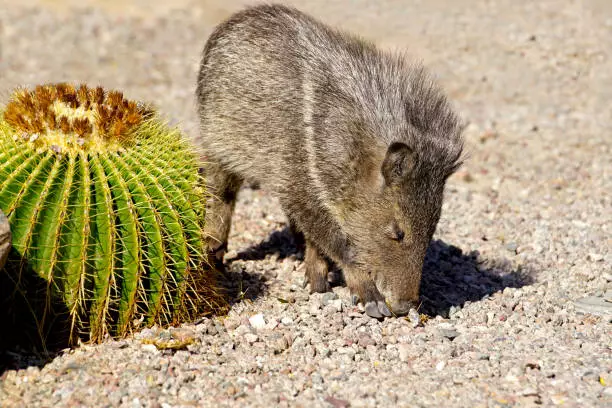
They are sometimes referred to as collared peccary. Their teeth are long and sharp and protrude from their jaws. Javelinas mostly live in saguaro and Palo Verde forests, desert washes, and oak woodlands.
These animals eat all types of cactus found in their surroundings. They mainly feed on the desert prickly pear cactus and enjoy eating the spines.
5. Ground squirrel
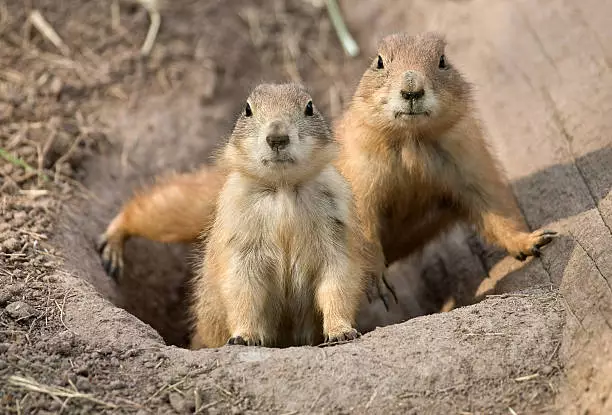
Ground squirrels are part of the rodent’s family. They live on the grounds and not on trees. These squirrels are more active during the day, with their colors varying from tawny, gray, reddish, pale brown to olive, or dark brown. They enjoy eating seeds and fruits of the cactus while avoiding the spiky areas.
6. Prairie dogs
These are herbivorous burrowing rodents. They come in 5 species: white-tailed, black-tailed, Utah, Gunnison’s, and Mexican prairie dogs. When they don’t find any other food, they turn to cactus. They normally feed on the base of the cactus, flowers, and fruits.
7. Gila woodpecker
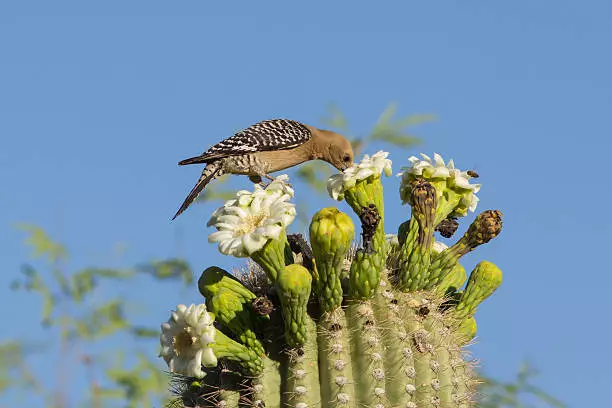
As much as they eat insects, they love eating cactus fruits. Gila woodpeckers avoid eating the thorns. They use their pointed beaks to make cavities in the saguaro cactus when making their nest or getting food. Saguaro cactus provides them with space; a suitable environment to raise their young ones.
8. Eastern cotton tail
Eastern Cotton Tails are New World cottontails’ rabbits. They are more like the jackrabbits. They love eating the base of the cactus and the fruits. Through their feces, they help in the dispersal of seeds.
9. Galapagos land iguana
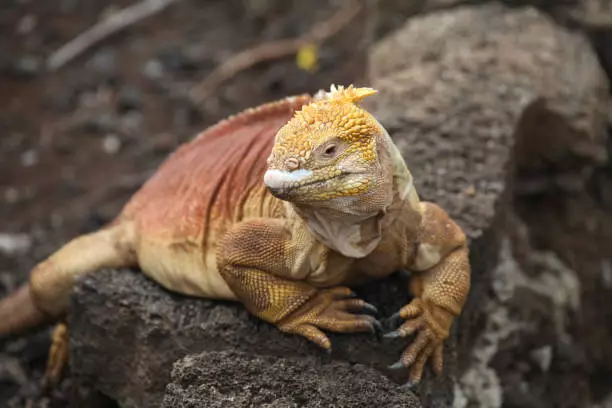
This animal can eat the whole cactus since it’s well adapted. It doesn’t suffer side effects from eating the cactus spines because of its well-built digestive system. It uses its front feet pad to get rid of larger thorns before deciding to gulp on cactus with a few swallows.
Are all cactus safe and edible?
Although there are some varieties that produce poisonous cactus milk, most cacti are generally tasty and nutritious. Almost all fruits of different cacti can be eaten. They only differ in taste. Some are sweet, while others are bitter. Its other parts are also consumable. The following are some of the commonly eaten cacti.
RELATED: IS CACTUS MILK POISONOUS?
Prickly pear cactus
The fruit of this cactus grows on the flat prick pads, which are also edible. Their fruits can be green, pink, or red, depending on the level of ripeness. The prickly pear is rich in antioxidants, carotenoids, and fatty acids.
Saguaro cactus
This is one of the largest cacti and can grow up to 20 meters in height. Its fruits develop from the flowers and ripen from green to orange, then red. It contains Vitamin B12, Vitamin C, and soluble fiber.
Cereus Peruvian cactus
It’s also known as apple cactus or queen of the night. It’s a bluish-green dessert cactus and grows upright in a single column. Apple cactus can grow to a height of eight feet. Its fruit has plenty of flesh, which is a good source of vitamin A.
Barrel cactus
The roots, fruits, and flowers of this cactus plant are edible. They grow into a squat tubular shape hence look like a spiky ribbed barrel. Their fruits have a tart flavor like lemons, while the flower buds taste sour.
How to deter animals from eating your cactus?
It’s not unusual to find your cactus eaten by an animal. The truth is, your cactus is prey to various rodents, including mice, rats, gophers, and ground squirrels. The following are some ways to keeps these animals away from your cactus.
- Fencing– use a wire fence to surround your cactus. It would be best if you buried the fence at least 4 to 6 inches deep in the soil to prevent rodents from digging under it.
- Use covers– if the rodents mostly attack at night, use an empty nursery container, bucket, or garbage can to cover the cacti.
- Pets – take advantage of cats and certain dogs like Jack Russel Terries, as they are great at eradicating rodents.
- Use mint– surround your cactus with mint since rodents don’t love the mint aroma. If you fear that the mint may be aggressive, put a potted minted plant near your cactus.
- Use repellents– You can surround your cactus with the urine of predators like fox or coyote, or wolf, as the products are available in product stores. You can also use homemade repellents like hot pepper, onion, or garlic sprays.
Animals eating cacti is normal. To them, it’s just like any other food. Finding ways to deter animals from eating your cacti can save you lots of headaches.
